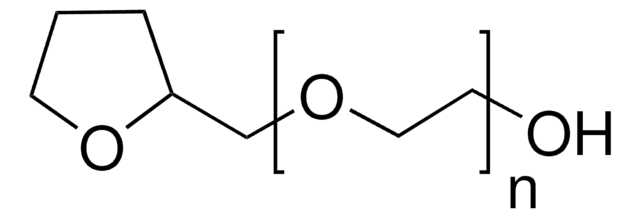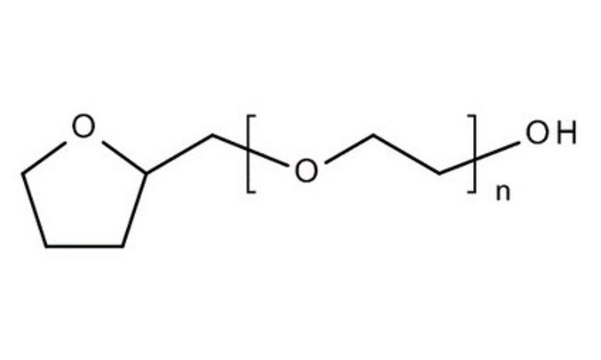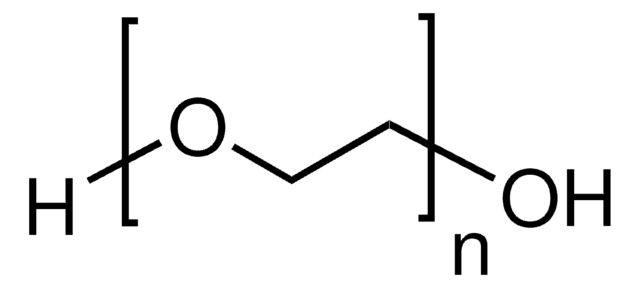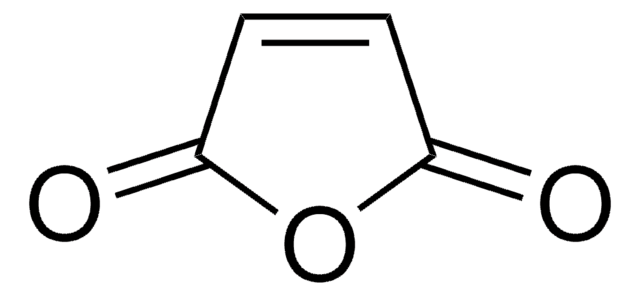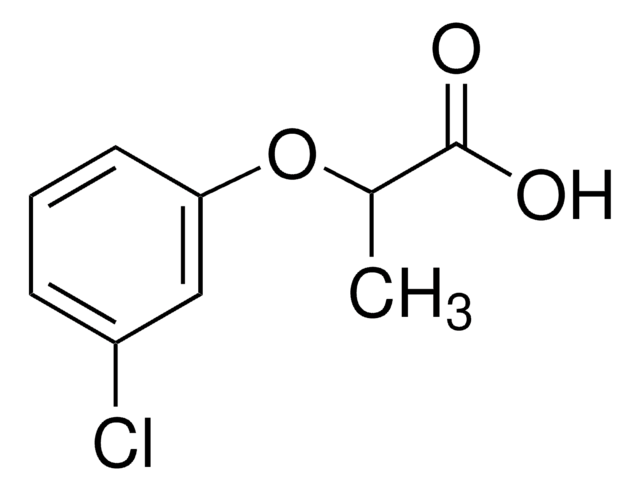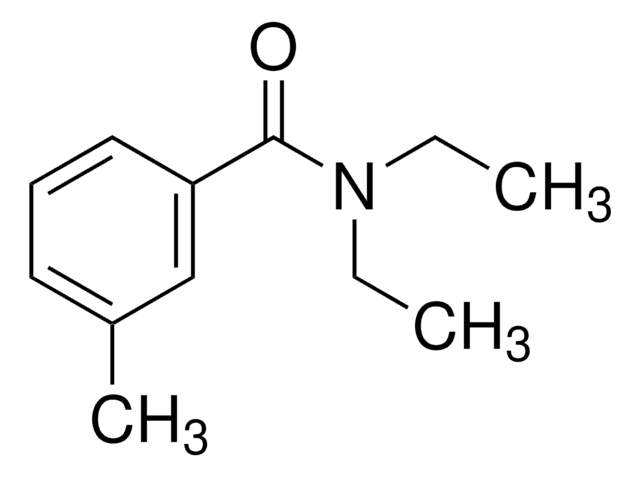推荐产品
分子量
average Mn 200
折射率
n20/D 1.462 (lit.)
密度
1.069 g/mL at 25 °C (lit.)
Ω端
hydroxyl
α端
tetrahydrofurfuryl ether
InChI
1S/C7H14O3/c8-3-5-9-6-7-2-1-4-10-7/h7-8H,1-6H2
InChI key
CTPDSKVQLSDPLC-UHFFFAOYSA-N
警示用语:
Warning
危险声明
危险分类
Eye Irrit. 2
储存分类代码
10 - Combustible liquids
WGK
WGK 3
闪点(°F)
275.0 °F - closed cup
闪点(°C)
135 °C - closed cup
个人防护装备
Eyeshields, Gloves
商品
Progress in biotechnology fields such as tissue engineering and drug delivery is accompanied by an increasing demand for diverse functional biomaterials. One class of biomaterials that has been the subject of intense research interest is hydrogels, because they closely mimic the natural environment of cells, both chemically and physically and therefore can be used as support to grow cells. This article specifically discusses poly(ethylene glycol) (PEG) hydrogels, which are good for biological applications because they do not generally elicit an immune response. PEGs offer a readily available, easy to modify polymer for widespread use in hydrogel fabrication, including 2D and 3D scaffold for tissue culture. The degradable linkages also enable a variety of applications for release of therapeutic agents.
Designing biomaterial scaffolds mimicking complex living tissue structures is crucial for tissue engineering and regenerative medicine advancements.
我们的科学家团队拥有各种研究领域经验,包括生命科学、材料科学、化学合成、色谱、分析及许多其他领域.
联系技术服务部门